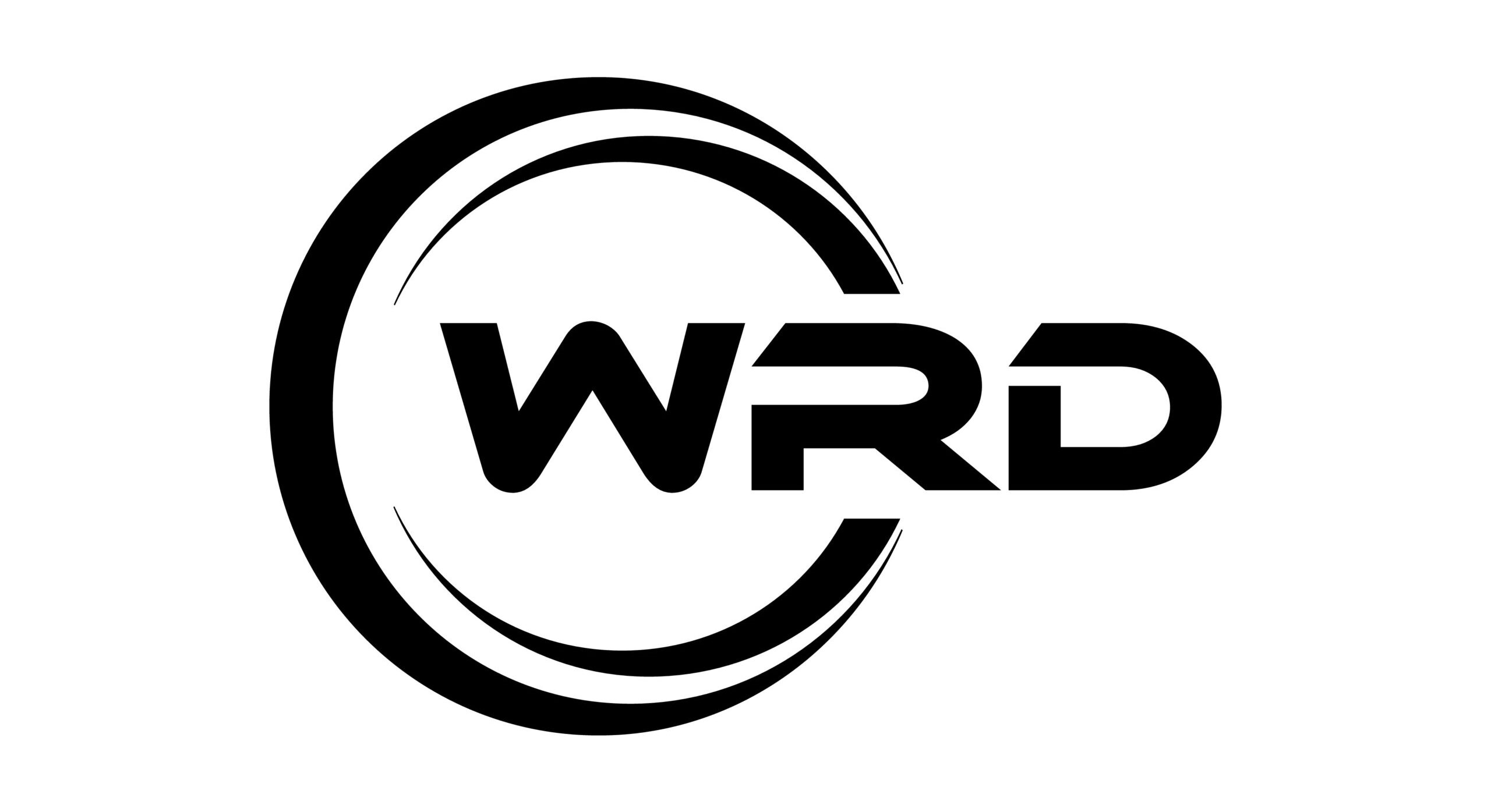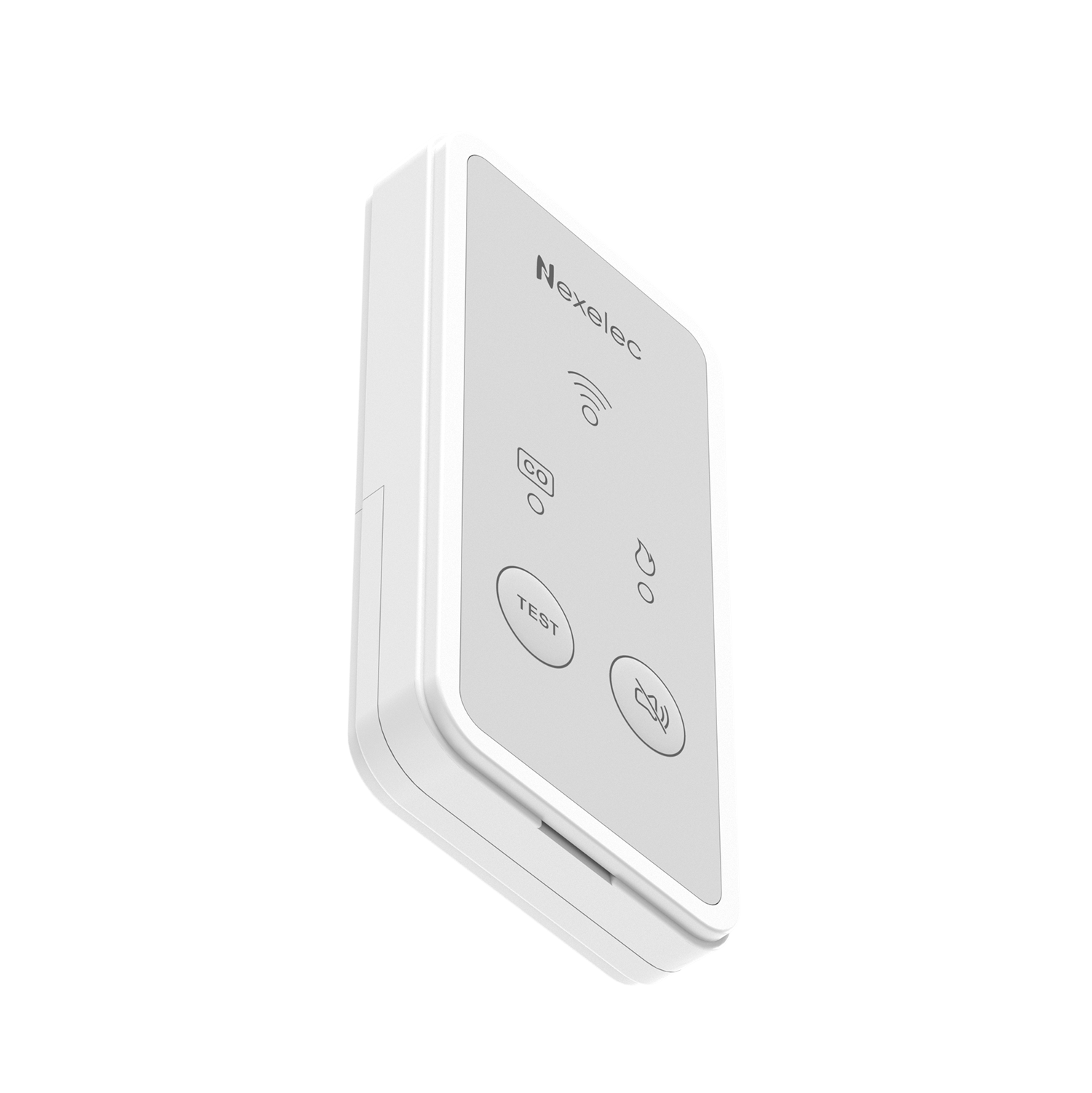Remote IoT Batch Job Example: Your Ultimate Guide To Mastering Remote Since Yesterday
Ever wondered how remote IoT batch jobs work and why they're so important in today's tech-driven world? If you're here, chances are you're diving deep into the realm of remote since yesterday or looking to understand how IoT batch processing can revolutionize your projects. Whether you're a developer, an engineer, or just someone curious about the tech behind it all, this guide has got you covered. So, buckle up and let's dive into the world of remote IoT batch job examples!
Remote IoT batch jobs are all the rage these days, and for good reason. They allow you to process large amounts of data efficiently without needing to be physically present. Imagine being able to manage devices, collect data, and analyze it from anywhere in the world. That's the power of remote since yesterday technology at its finest. But how does it all work? Let's break it down step by step.
This article isn't just another tech jargon-filled piece. We're here to break it down in a way that's easy to understand, engaging, and packed with real-world examples. Whether you're a beginner or a seasoned pro, there's something here for everyone. So, let's get started and explore the fascinating world of remote IoT batch jobs!
- Emma Anturin The Rising Star Whorsquos Captivating Hearts Worldwide
- Unveiling The World Of Sexy Movie Hd A Comprehensive Guide
Understanding the Basics of Remote IoT Batch Processing
What Exactly is a Batch Job?
First things first, let's tackle the basics. A batch job is essentially a set of instructions or tasks that are executed in bulk without manual intervention. Think of it like a recipe where all the ingredients are prepped and ready to go, and all you have to do is mix them together. In the world of IoT, these tasks can range from collecting sensor data to analyzing patterns and generating reports.
Now, when we talk about remote IoT batch jobs, we're referring to the ability to execute these tasks from anywhere in the world. You don't have to be physically present at the location where the devices are installed. This is especially useful for large-scale projects where devices are spread across different locations.
Why Remote Since Yesterday Matters
Remote since yesterday might sound like a catchy phrase, but it holds a lot of weight in the tech world. It signifies the shift towards more flexible and accessible technology solutions. With remote IoT batch jobs, you can start processing data immediately, regardless of where you are. This level of flexibility is crucial in today's fast-paced world, where time is of the essence.
- Movies 4u Bollywood Your Ultimate Destination For All Things Indian Cinema
- Bollyflix Vip Your Gateway To Exclusive Bollywood Films And Shows
For example, imagine a company that monitors air quality across multiple cities. With remote IoT batch jobs, they can collect data from all the sensors simultaneously and analyze it in real-time. This allows them to make informed decisions quickly and efficiently.
Key Components of Remote IoT Batch Jobs
Device Management
Managing IoT devices remotely is one of the core components of remote IoT batch jobs. This involves tasks such as firmware updates, configuration changes, and monitoring device health. With the right tools and platforms, you can manage hundreds or even thousands of devices from a single dashboard.
For instance, platforms like AWS IoT Core and Microsoft Azure IoT Hub offer robust device management capabilities. They allow you to monitor device status, send commands, and receive data all from a centralized location. This makes it easier to maintain and troubleshoot devices without needing to visit each one physically.
Data Collection and Processing
Data collection is another critical aspect of remote IoT batch jobs. Sensors generate vast amounts of data, and being able to collect and process this data efficiently is key to deriving meaningful insights. Batch processing allows you to handle large datasets in a structured and organized manner.
Some popular tools for data collection and processing include Apache Kafka, Hadoop, and Spark. These tools are designed to handle big data and can be integrated with IoT platforms to create a seamless workflow. By using these tools, you can ensure that your data is processed accurately and efficiently.
Setting Up Your First Remote IoT Batch Job
Choosing the Right Platform
Choosing the right platform is crucial when setting up your first remote IoT batch job. There are several options available, each with its own strengths and weaknesses. Some popular platforms include:
- AWS IoT Core: Offers robust device management and integration with other AWS services.
- Microsoft Azure IoT Hub: Provides scalable and secure device management capabilities.
- Google Cloud IoT Core: Known for its powerful analytics and machine learning features.
When choosing a platform, consider factors such as scalability, security, and ease of use. You want a platform that can grow with your needs and provide the features you require.
Configuring Your Devices
Once you've chosen a platform, the next step is to configure your devices. This involves setting up the necessary software and hardware to ensure that your devices can communicate with the platform. Some key considerations include:
- Choosing the right communication protocol (e.g., MQTT, HTTP).
- Ensuring proper security measures are in place.
- Testing the devices to ensure they're functioning correctly.
By properly configuring your devices, you can ensure that they're ready to start collecting and transmitting data as part of your remote IoT batch job.
Real-World Examples of Remote IoT Batch Jobs
Smart Agriculture
One of the most exciting applications of remote IoT batch jobs is in smart agriculture. Farmers can use IoT devices to monitor soil moisture, temperature, and other environmental factors. By collecting and analyzing this data, they can make informed decisions about irrigation, fertilization, and pest control.
For example, a farmer can set up a remote IoT batch job to collect data from soil moisture sensors every hour. The data can then be analyzed to determine when and where irrigation is needed. This not only saves water but also improves crop yield and quality.
Industrial Automation
Another area where remote IoT batch jobs are making a big impact is in industrial automation. Manufacturers can use IoT devices to monitor equipment performance, detect anomalies, and predict maintenance needs. By processing this data in batches, they can gain insights into their operations and make improvements.
For instance, a manufacturer can set up a remote IoT batch job to collect data from sensors on their production line. The data can be analyzed to identify bottlenecks and inefficiencies, allowing them to optimize their processes and increase productivity.
Best Practices for Remote IoT Batch Jobs
Data Security
Security is a top priority when it comes to remote IoT batch jobs. With so much data being collected and transmitted, it's crucial to ensure that it's protected from unauthorized access. Some best practices include:
- Using encryption for data in transit and at rest.
- Implementing strong authentication and authorization mechanisms.
- Regularly updating firmware and software to address vulnerabilities.
By following these best practices, you can help ensure that your data remains secure and your devices are protected from potential threats.
Scalability and Performance
Scalability and performance are also important considerations when implementing remote IoT batch jobs. As your project grows, you'll need to ensure that your systems can handle the increased workload. Some tips for ensuring scalability and performance include:
- Using cloud-based platforms that can scale automatically.
- Optimizing your data processing workflows for efficiency.
- Monitoring system performance regularly and making adjustments as needed.
By focusing on scalability and performance, you can ensure that your remote IoT batch jobs continue to run smoothly as your project expands.
Challenges and Solutions
Overcoming Connectivity Issues
One of the biggest challenges with remote IoT batch jobs is connectivity. Devices may experience intermittent connectivity issues due to factors such as network outages or signal interference. To overcome these challenges, consider implementing:
- Buffering mechanisms to store data locally until connectivity is restored.
- Redundant communication channels to ensure data is transmitted reliably.
- Regular monitoring and maintenance of network infrastructure.
By addressing connectivity issues proactively, you can minimize data loss and ensure that your remote IoT batch jobs run smoothly.
Data Management
Managing large amounts of data is another challenge when working with remote IoT batch jobs. To tackle this, consider implementing:
- Data compression techniques to reduce storage requirements.
- Automated data archiving and deletion policies to manage storage space.
- Advanced analytics tools to extract meaningful insights from the data.
By effectively managing your data, you can ensure that your remote IoT batch jobs are efficient and productive.
Conclusion: Taking Your Remote IoT Batch Jobs to the Next Level
In conclusion, remote IoT batch jobs offer a powerful solution for managing and processing large amounts of data from IoT devices. By understanding the basics, choosing the right platform, and following best practices, you can set up and run successful remote IoT batch jobs that deliver real value.
We encourage you to take action and start exploring the possibilities of remote IoT batch jobs for your projects. Whether you're monitoring air quality, improving agricultural practices, or optimizing industrial processes, the potential is endless. Don't forget to share your experiences and insights in the comments below, and check out our other articles for more tips and tricks on mastering the world of IoT!
Table of Contents
- Understanding the Basics of Remote IoT Batch Processing
- Key Components of Remote IoT Batch Jobs
- Setting Up Your First Remote IoT Batch Job
- Real-World Examples of Remote IoT Batch Jobs
- Best Practices for Remote IoT Batch Jobs
- Challenges and Solutions
- Conclusion: Taking Your Remote IoT Batch Jobs to the Next Level
Article Recommendations
- Hdb4u Movie The Ultimate Guide To This Blockbuster Sensation
- 5movierulz 2024 Your Ultimate Guide To Downloading Telugu Movies



Detail Author:
- Name : Rita Keebler
- Username : randi32
- Email : alexandre09@morissette.biz
- Birthdate : 1988-09-14
- Address : 4437 Koepp Via Apt. 191 East Chelseaport, VA 99937-3134
- Phone : 760.350.2547
- Company : Cruickshank and Sons
- Job : Pharmaceutical Sales Representative
- Bio : Dolores dolorum et doloremque. Est et maxime sapiente error. Deserunt laudantium nemo tenetur deleniti fugiat. Dolores rerum beatae ut sint.
Socials
tiktok:
- url : https://tiktok.com/@amya_xx
- username : amya_xx
- bio : Minima quisquam facilis ea. Veritatis sequi doloribus voluptatibus.
- followers : 6116
- following : 2220
instagram:
- url : https://instagram.com/amya_id
- username : amya_id
- bio : Quo in voluptatem quis. Rerum eveniet reprehenderit aut sit omnis voluptatum.
- followers : 2112
- following : 990
twitter:
- url : https://twitter.com/amya_king
- username : amya_king
- bio : Et laborum omnis aut quo. Ut qui et numquam et. Quia temporibus est excepturi. Veritatis sunt commodi occaecati nulla nihil laborum reiciendis vel.
- followers : 3418
- following : 2084
facebook:
- url : https://facebook.com/aking
- username : aking
- bio : Praesentium quibusdam aut doloribus omnis laborum ut.
- followers : 371
- following : 2566
linkedin:
- url : https://linkedin.com/in/aking
- username : aking
- bio : Veniam corporis nihil incidunt accusamus.
- followers : 5508
- following : 1556